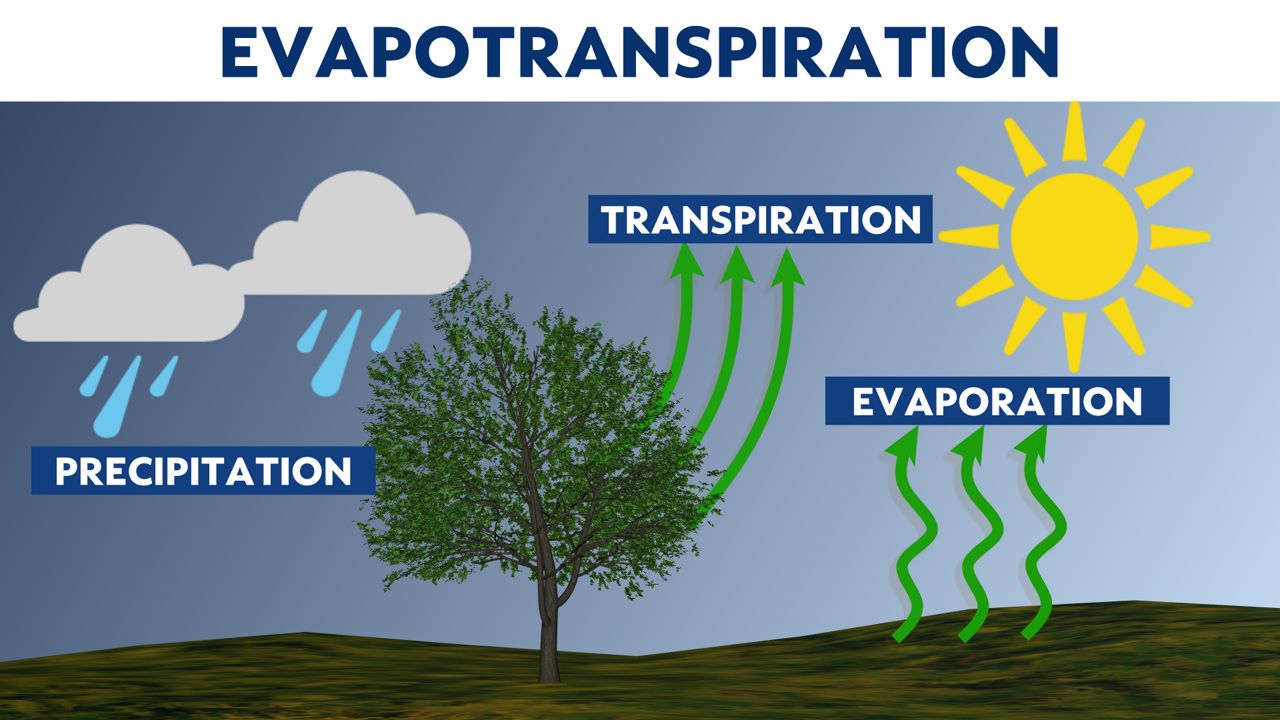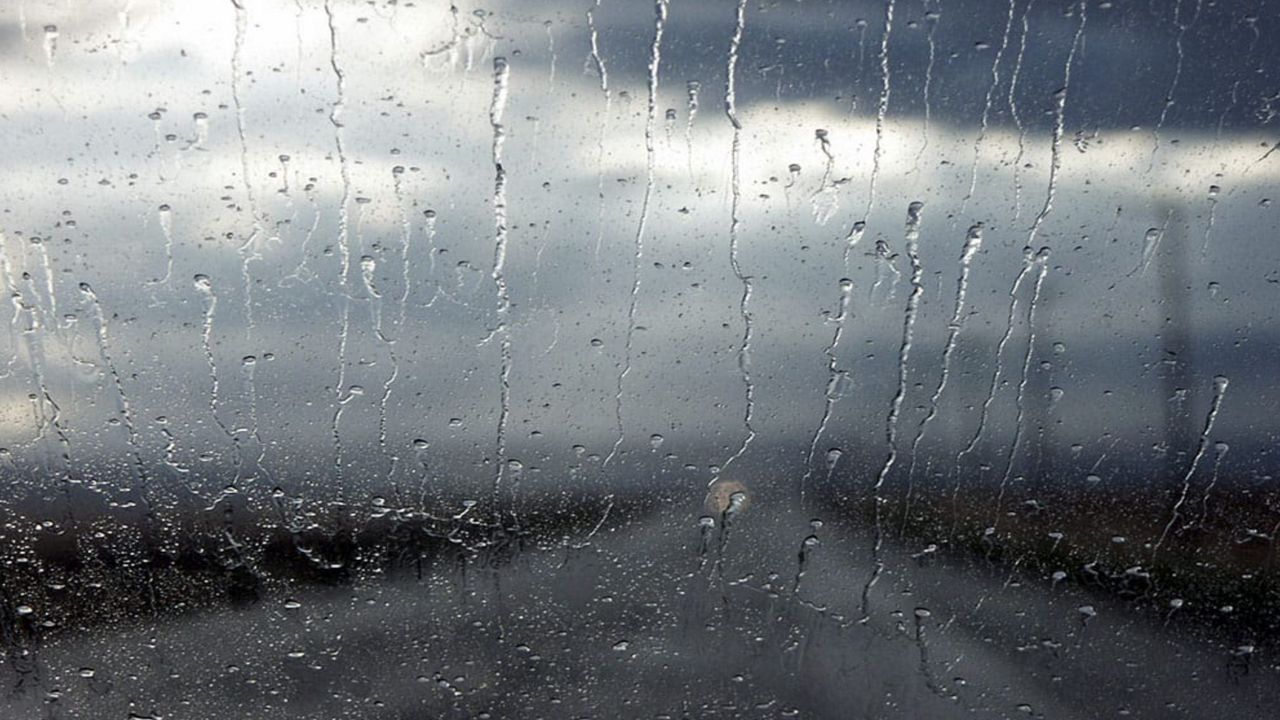Drought usually takes a long time to develop, but once you find yourself in one, it can take a while to end, leading to devastating impacts.
The National Drought Mitigation Center states that drought is "an insidious hazard of nature," but in basic terms, drought comes from dry weather and lack of rainfall over an extended period, usually a season or more.
Droughts can result in water shortages for people, crops and livestock. It can also have an overall negative effect on the environment.
The length of drought can vary significantly. Short-term episodes last just a few months. However, in some parts of the world, drought can occur for years.
A common misconception about droughts is that they end with rainfall, but that isn't always the case. While it certainly helps to have rain, it takes a lot of rainfall over a long period to end droughts.
What's needed is prolonged light-to-moderate rain that absorbs deep into the soil, replenishing the watershed.
Once the soil and vegetation dry out, it can worsen the drought and make it more difficult to end.
The reason for this is because evapotranspiration, or the release of water vapor into the atmosphere from plants/soil, becomes severely diminished when the surface becomes too dry.

The process of evapotranspiration is a major moisture source for the development of thunderstorms during the warm season, but when there is no moisture to evaporate, it can decrease the chances of getting rain daily. Thus, drought leads to more drought, and the vicious cycle begins.
After several weeks or months of above-average rainfall, soil moisture returns to normal, and the evapotranspiration cycle resumes, ultimately ending the drought.



